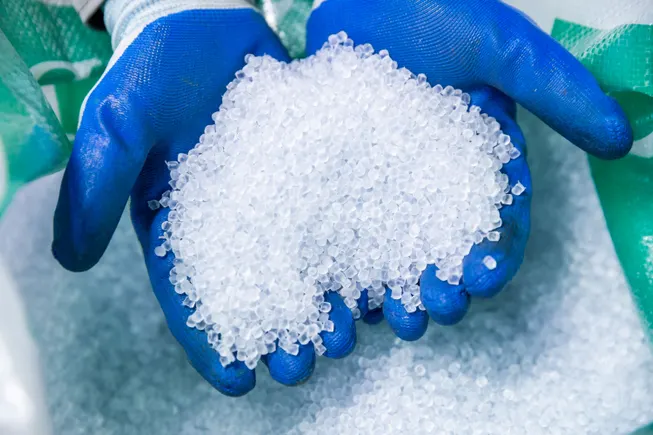Consumer Packaged Goods Companies Struggle to Meet Recycled Content Goals
In recent years, consumer packaged goods companies have made significant strides in increasing the recycled content in their plastic packaging. However, a recent report by Ameripen suggests that many of these companies are unlikely to hit their 2025 goals by the end of the year. The report analyzed a collection of food companies and CPGs and highlighted several challenges that are hindering progress in this area.
Challenges in Achieving Recycled Content Goals
One of the major challenges faced by CPGs is the safety of recycled materials for use in packaging, especially in the food industry. Not all recycled materials are deemed safe for use in packaging, making it difficult for companies to secure a reliable supply. Additionally, the constrained supply of adequate recycled materials has led to increased costs, limiting the incentives for companies to invest in sustainable packaging solutions.
Furthermore, CPGs are facing significant uncertainty as they navigate recycled content goals. The report highlighted the unclear regulatory landscape at both the state and federal levels, especially concerning the use of recycled materials in food-contact applications. There is also ambiguity around whether methods like chemical recycling will be counted towards achieving these targets.
Key Findings from Ameripen’s Report
Ameripen’s report, funded by the Plastics Industry Association’s Recycling is Real initiative, assessed postconsumer recycled content goals set by companies, trade associations, and states across various packaging materials. The report compared these goals with the available material supply and recycling capacity in the United States.
The report revealed that while the recycling capacity to supply postconsumer recycled (PCR) content is expanding, additional capacity is needed for most plastic resins, particularly PET. The use of PCR in food packaging is also limited by regulatory constraints from the Food and Drug Administration, further complicating the process for companies.
Additionally, the report examined how recycled content legislation could impact PCR supply and demand for packaging use. States are increasingly implementing recycled content requirements in laws and regulations, which could have implications for CPGs’ sustainability goals.
Future Outlook for Recycled Content Goals
Looking ahead, Ameripen expects PCR demand to continue rising, with more companies announcing goals in this area. However, there is a disconnect between voluntary corporate goals and state mandates, highlighting infrastructure and supply chain challenges, especially in the plastics industry. The report emphasizes the need for industry feedback on proposed legislation and the development of end markets to support these goals.
The report also notes the uncertainty surrounding the inclusion of advanced recycling PCR in state legislation. While chemical recycling technologies could play a significant role in meeting PCR mandates, their availability and scalability in the U.S. remain limited.
In conclusion, while CPGs have made progress in increasing the recycled content in their packaging, there are still significant hurdles to overcome in order to meet their sustainability goals. Collaboration between industry stakeholders, regulators, and technology providers will be essential in driving the adoption of sustainable packaging solutions in the future.


